Ap Human Geography Chapter 11 Test Questions – Flashcards
Unlock all answers in this set
Unlock answersquestion
Agriculture pg.352

answer
Agriculture is the deliberate tending of crops and livestock to produce food, feed, and fiber. When we think about agriculture, we tend to think about production of foodstuffs for humans
question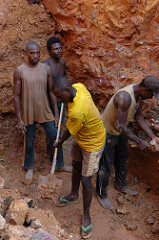
Primary Economic Activities pg.352

answer
Primary economic activities involve those products closest to the ground, such as agriculture, ranching, hunting and gathering, fishing, forestry, mining, and quarrying.
question
Secondary Economic Activities pg.352

answer
Secondary economic activities are those activities that take a primary product and manufacture it—that is, change it into something else such as toys, ships, processed foods, chemicals, and buildings.
question
Tertiary Economic Activities pg.352

answer
Tertiary economic activities are part of the service industry, connecting producers to consumers and facilitating commerce and trade. Bankers, teachers, and lawyers.
question
Quaternary Economic Activities pg.352

answer
Service sector industries concerned with the collection, processing, and manipulation of information and capital . Information generation and sharing, information technology, consultation, education, and research and development.
question
Quinary Economic Activities pg.352

answer
Tied into research or higher education activities. Government, science, universities, nonprofit, healthcare, culture, and the media.
question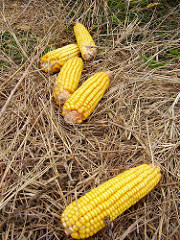
Plant Domestication pg.353

answer
Genetic modification of a plant such that its reproductive success depends on human intervention.
question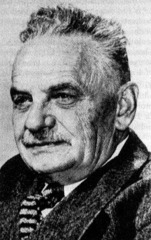
Carl Sauer pg.353

answer
A geographer who believed the experiments necessary to establish agriculture and settle in one place would occur in lands of plenty. Only in a place of plenty could people afford to experiment with raising plants or take the time to capture animals and breed them for domestication.
question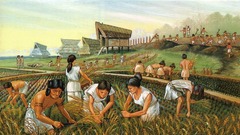
First Agricultural Revolution pg.353

answer
Marked by the development of agriculture in which plant domestication occurred in Southeast Asia where root crops were cultivated, and in the Nile River Valley cultivation of seed crops occurred. Along with the development of animal domestication
question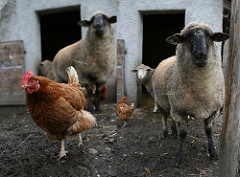
Animal Domestication pg.355

answer
Genetic modification of an animal such that it is rendered more amenable to human control.
question
Subsistence Agriculture pg.358

answer
Growing food for the purpose of only survival
question
Shifting Cultivation pg.359

answer
Primarily in tropical and sub-tropical zones where plots of land have been abandoned due to infertile soil, and then farmers later move on to other parcels of lands. Later regaining its fertility.
question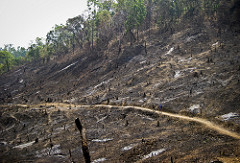
Slash-and-burn Agriculture pg.360

answer
A form of shifting cultivations where vegetation is cleared and burned on the ground, and the ashes contribute to the soil's fertility.
question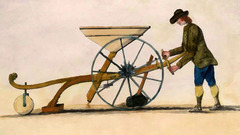
Second Agricultural Revolution pg.360

answer
A series of innovation (during the Industrial Revolution) occurred near Great Britian, the Netherlands, Denamrk, and neighboring country. New crops were imported to western Europe along with technolgies such as the seed drill, advances in breeding livestock, and fertilizers on crops to feed livestock. This improved cultivation and harvesting.
question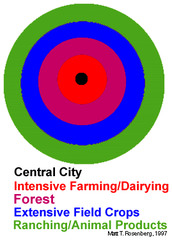
Von Thünen Model pg.361

answer
Used to analyze the spatial character of economic activity. Differences in climate type and soil quality weigh heavily on the kinds of goods produced in a place.
question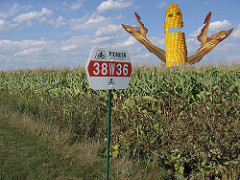
Third Agricultural Revolution/Green Revolution pg.362

answer
Dates to the 1930's where the American Midwest began experimenting with technologically manipulated seeds to increase crop yields. Mexico increased corn production with hybrid seeds, and India they've crossed varieties of rice for the best outcome. Increasing GMO's
question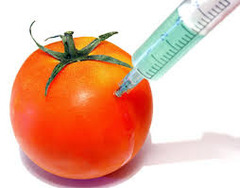
Genetically Modified Organisms pg.363

answer
Hybrid crops and cross-breeding of animals. Tomatoes, Corn, and Potatoes.
question
Cadastral Systems pg.365
answer
The method of land survey through which land ownership and property lines are defined.
question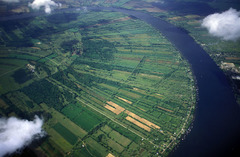
Rectangular Survey System pg.365

answer
Rectangular parcels of agricultural lands.
question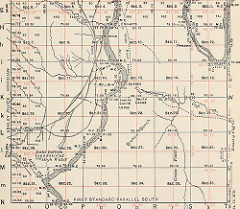
Township-and-range System pg.365

answer
The pattern of farms on the landscape in the interior of the United States reflects the township-and-range system, with farms spaced by sections, half sections, or quarter sections.
question
Metes and Bounds Survey pg.365

answer
Natural features are used to demarcate irregular parcels of land.
question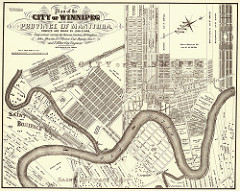
Long-lot Survey System pg.365

answer
This system divided land into narrow parcels stretching back from rivers, roads, or canals.
question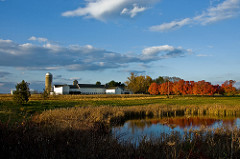
Primogeniture pg.365

answer
An inheritance passed to the eldest son where all lands passes to him.
question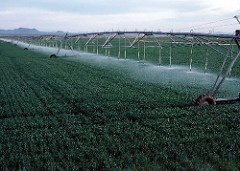
Commercial Agriculture pg.370

answer
Established by European powers later developed to large-scale grain producers and cattle ranches, mechanized equipment and factory-type labor forces, plantations and profit.
question
Koppen Climate Classification System pg.371

answer
Developed by Wladimir Koppen, a system for classifying the world's climates on the basis of temperature and precipitation.
question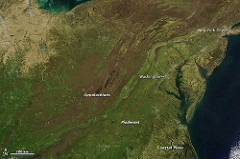
Climatic Regions pg.371

answer
Areas with similar climatic regions. Examples are South America and Africa, Canada and Russia, and Eastern U.S and France.
question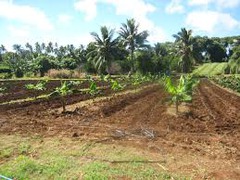
Plantation Agriculture pg.372

answer
Cash crops grown on large estates to describe the production system.
question
Luxury Crops pg.376

answer
Tea, cacao, coffee, and tobacco are luxury crops. Non-subsistence crops.
question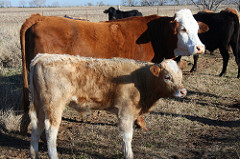
Livestock Ranching pg.377

answer
The raising of domesticated animals for the production of meat and by-products(like leather and wool).
question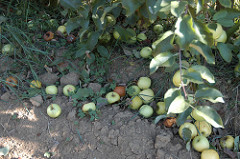
Mediterranean Agriculture pg.377

answer
In areas where the dry summer Mediterranean climate prevails along the shores of the Mediterranean Sea, in parts of California and Oregon, in central Chile, at South Africa's Cape, and in parts of southwestern and southern Australia. Farmers here grow a special combination of crops: grapes, olives, citrus fruits, figs, certain vegetables, dates, and others sold at relatively high prices.
question
Agribusiness
answer
Businesses that provide a vast array of goods and services to support the agricultural industry.
question
Mixed Farming

answer
A farm that grows both crops/feeds and livestock.
question
Capital

answer
Wealth in the form of money or other assets owned by a person/ organization.
question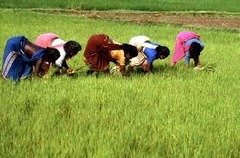
Labor-Intensive Agriculture

answer
type of agriculture that requires large levels of manual labor to be successful
question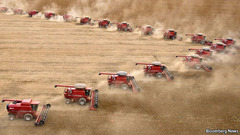
Capital-Intensive Agriculture

answer
form of agriculture that uses mechanical goods such as machinery, tools, vehicles, and facilities to produce large amounts of agricultural goods-a process requiring very little human labor
question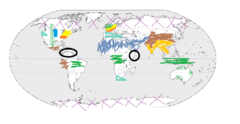
Intensive Agriculture

answer
a form of subsistence agriculture in which farmers must expend a relatively large amount of effort to produce the maximum feasible yield from a parcel of land
question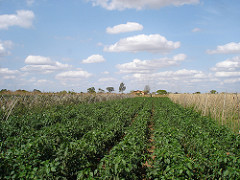
Extensive Agriculture

answer
onsists of any agricultural economy in which the crops and/or animals are used nearly exclusively for local or family consumption on large areas of land and minimal labor input per acre
question
Sedentary

answer
Continuous sitting or remaining in one place.
question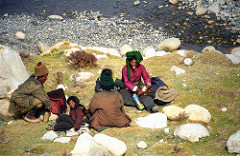
Nomadism

answer
A way of life, in which people continually migrate for resources such as water and food.



